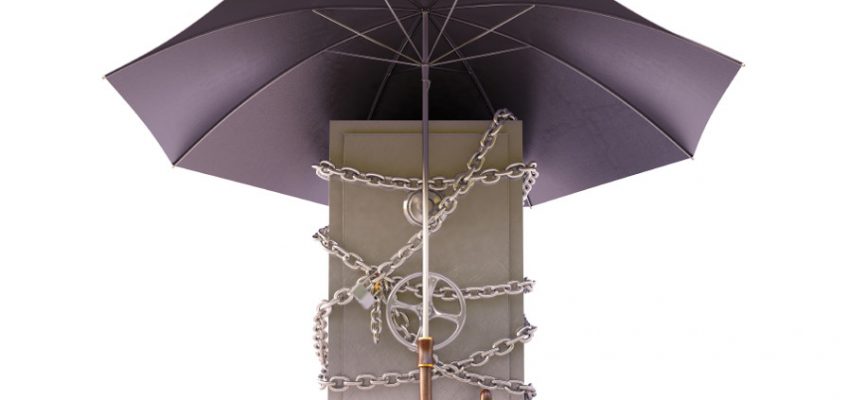With financial market uncertainty, it is comforting to know that there is a base level of protection for bank accounts held at financial institutions that are insured by the Federal Deposit Insurance Corporation (FDIC).
FDIC insurance, which offers coverage for bank accounts in the event the bank, credit union or savings association fails, is backed by the full faith and credit of the U.S. government. The FDIC is an independent U.S. government agency.
In this article, we’ll provide answers to some of the most frequently asked questions about FDIC insurance coverage.
Q: How do I get FDIC insurance? Do I need to apply?
A: There is no need to apply for coverage, as long as your financial institution is an FDIC-insured bank, credit union or other savings association. Coverage is automatic when you open one or more qualified accounts, which include individual and joint checking accounts, savings and money market deposit accounts, certificates of deposit, certain individual retirement accounts, estate and trust accounts, private business and government accounts.
Q: How much coverage do I have?
A: FDIC insurance provides coverage up to $250,000, per depositor, per account category, per financial institution. In practice, this means that you may have more than $250,000 in insurance protection. For example, if you have individual accounts and retirement accounts, you are covered for up to $250,000 in each of those categories. If you also have a business account at the covered bank, you have up to an additional $250,000 in coverage for that account.
In addition, there are some other circumstances where coverage may be more than $250,000 per account:
- Joint accounts are covered up to $250,000 per co-owner.
- If you have a revocable trust account at an FDIC-insured institution, you actually have coverage for up to $250,000 per unique beneficiary.
Q: What happens if my bank fails? How do I get my money back?
A: Although this is not likely to happen, if it does happen, that’s when your FDIC insurance coverage would kick in for covered accounts. Historically, when banks or other FDIC-insured organizations have failed, the FDIC has acted quickly (usually the next day) to refund account holders’ money, up to the amount of coverage provided.
This may happen by the FDIC establishing accounts at another FDIC-insured bank, credit union or savings association, and depositing the insured funds for you. Instead the FDIC may issue checks to each depositor for the covered funds.
If you had funds deposited with a failed bank or credit union that exceeded the amount of FDIC coverage available, you may actually receive some of those uninsured funds later (sometimes years later.) The FDIC is responsible for collecting the assets of the failed financial institution and settling debts and claims. Generally, this means they take responsibility for selling assets and distributing funds on a pro-rata basis for uninsured accounts.
Q: Is my investment account covered by FDIC insurance too?
A: FDIC insurance only covers “deposit” accounts. So, stock, bond, mutual funds, annuities and life insurance are not covered by FDIC insurance, but may have other coverage through SIPC and/or a state insurance guaranty organization.
Q: How do I know if my bank or my accounts are covered?
A: The FDIC has a tool available online to check whether your financial institution is covered. Then, check out this handy list of account categories to learn more about the various types of accounts that are covered and how much coverage is available for each account type. The FDIC also has a toll-free number available, and FDIC insurance specialists are available to answer questions: 1-877-ASK-FDIC (1-877-275-3342).
FDIC coverage provides peace of mind
While we never know what financial surprises are around the corner, it is comforting to know that there is a level of protection available for deposit accounts.
